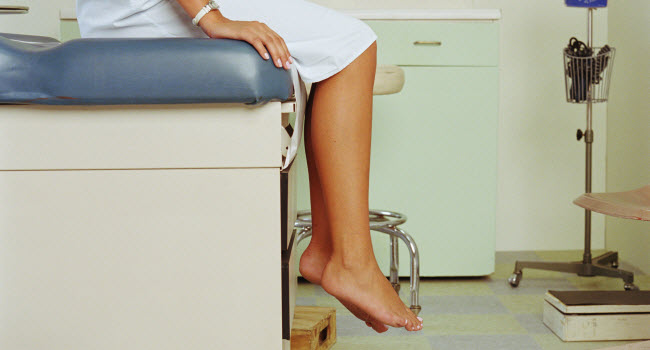
Advertisements
In my 15 years as an OB GYN sometimes I think I’ve heard it all, but then last week a teenager asked me “Is my vagina normal looking? My vagina lips seem bigger than all my friends.” Outwardly, I kept my professional demeanor and reassured her that all was fine, but inwardly I’m thinking “why are you looking at your friends’ vagina?” When I was a teenager, I had no idea what my own lady parts looked like, let alone my friends. While this was one of the more unique questions I’ve received, I am getting more general questions from women on the appearance of their genitals. It seems that our society’s obsession with appearances has now extended to their vaginas.
Before we discuss normal appearance, we should take a step back and have a little anatomy lesson. The outer part of the female genitals that is often referred to as the vagina is actually called the vulva. The vulva is made of 2 folds or “lips”. The inner fold is the labia minora and the outer fold is the labia majora. Where the labia come together at the top of the vulva is the clitoris and directly under the clitoris is the urethra (where your pee comes out). The separate, larger hole about 2 cm below the urethra is the vagina (where you have sex and where babies come out).
Here are some of the most common concerns I hear from women about their vaginas:
“My vagina has wings”
The area that differs the most among women, and the area that women most frequently ask me about, is the size of the labia minora, or “inner lips”. The labia minora can vary in size from a tiny fold that is barely perceptible to large extensions of skin that are wing-like in shape. Both are completely normal. The shape of the labia has no effect on sexual enjoyment or childbirth. Occasionally, the labia minora are so large that they cause discomfort with activities. I had a college athlete whose labia minora were over 10 cm long, causing serious chafing with exercising. In these rare instances the labia can be surgically reduced. But large and asymmetric labia are common and shouldn’t be reduced simply for appearance.
“I think my vagina has a tongue”
Sponsored Links
The vagina is a muscular tube that has many folds of tissue (think of an accordion) that expands (greatly) during childbirth. When it shrinks back down to normal, occasionally an individual fold of vaginal tissue can be bigger than others and actually protrude through the vaginal opening in such a way that it looks like a small tongue. This can be totally normal or, occasionally, can be a sign of a hernia between the vagina and rectum. Usually, it only needs to be corrected if it’s causing pain or chaffing.
“There is a knob or knot in my vagina”
Over time, the effects of gravity and childbirth can lead to the uterus dropping lower in the vagina. Some women will feel a knot or knob when they insert a tampon or occasionally when they wipe themselves. This can sometimes be very scary for woman, as any unusual mass in the pelvic region strikes fear of cancer. Luckily, though, it is usually nothing worrisome and doesn’t require treatment unless other symptoms are noted.
“I can’t get a tampon in”
I often see young women who are having trouble inserting a tampon or having intercourse. Most of the time, it is a matter of showing them how to relax their pelvic muscles, but occasionally I find they were actually born with an abnormal hymen (membrane around the vaginal opening). Most girls have a hymenal opening about the size of tampon, but occasionally I’ll see girls whose hymen is the size of a cotton swab, barely open enough to let out menstrual blood. These girls do need a minor surgery to open their vagina to a normal size so that they can use tampons and be sexually active.
Over the years I have seen approximately 9,125 vaginas – they all looked different. Much like people’s faces, vaginas all have the same parts but are uniquely portioned. If you have concerns about the appearance of your vulva or shape of your vagina, especially if it hurts, talk to your gynecologist, not just your girlfriends in the locker room.
by Heather Rupe, DOBoard-certified OB/GYN



Comments